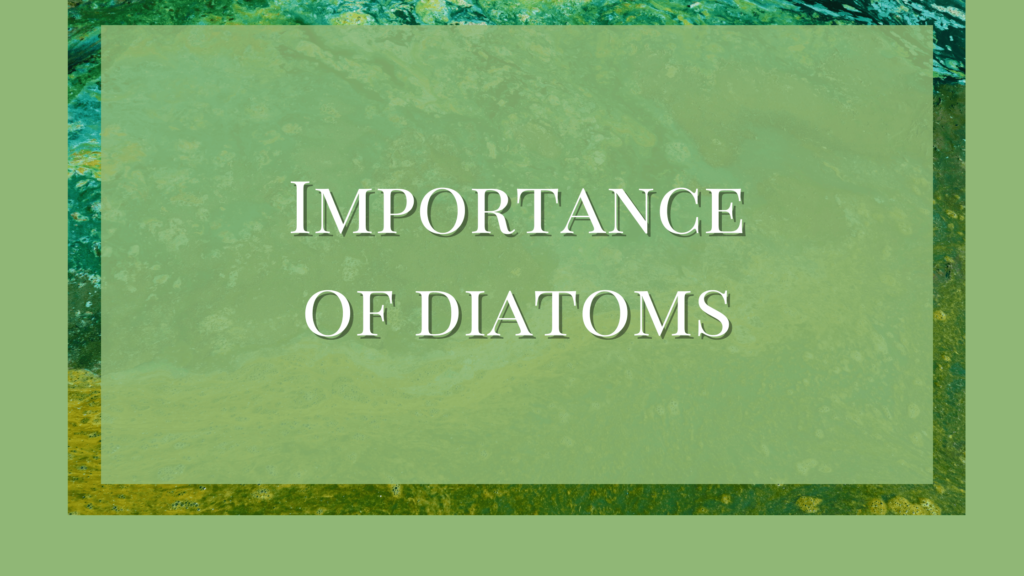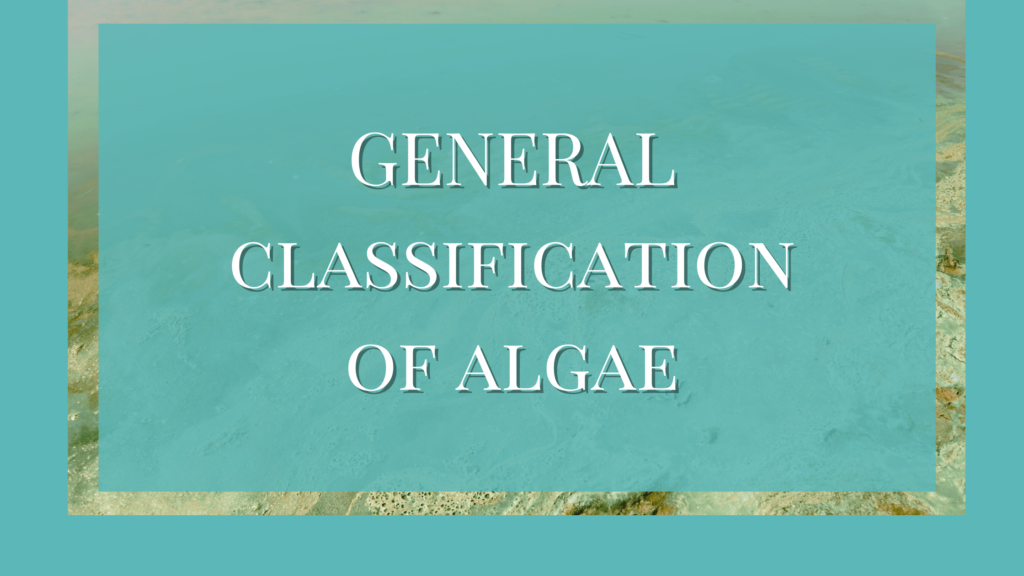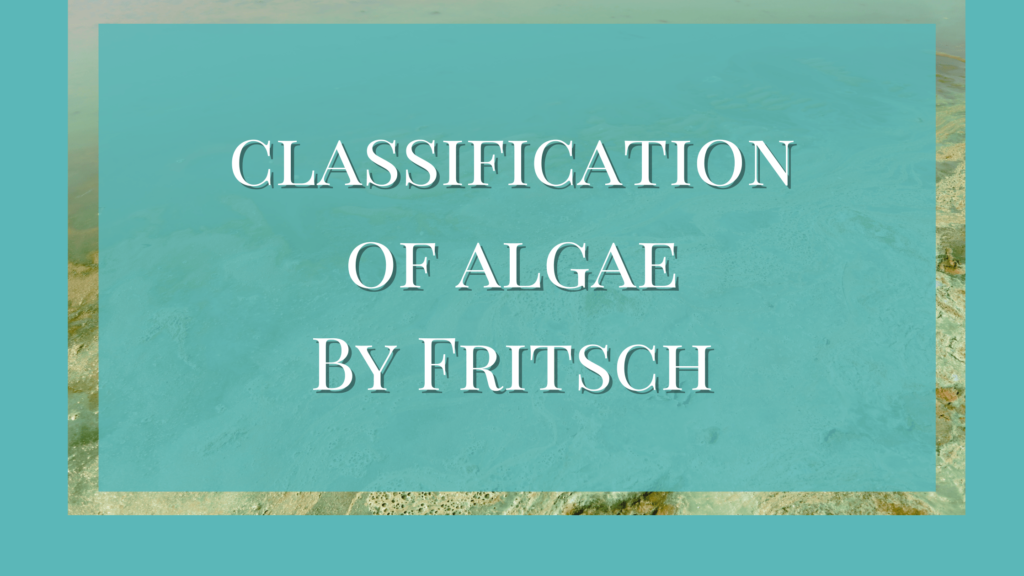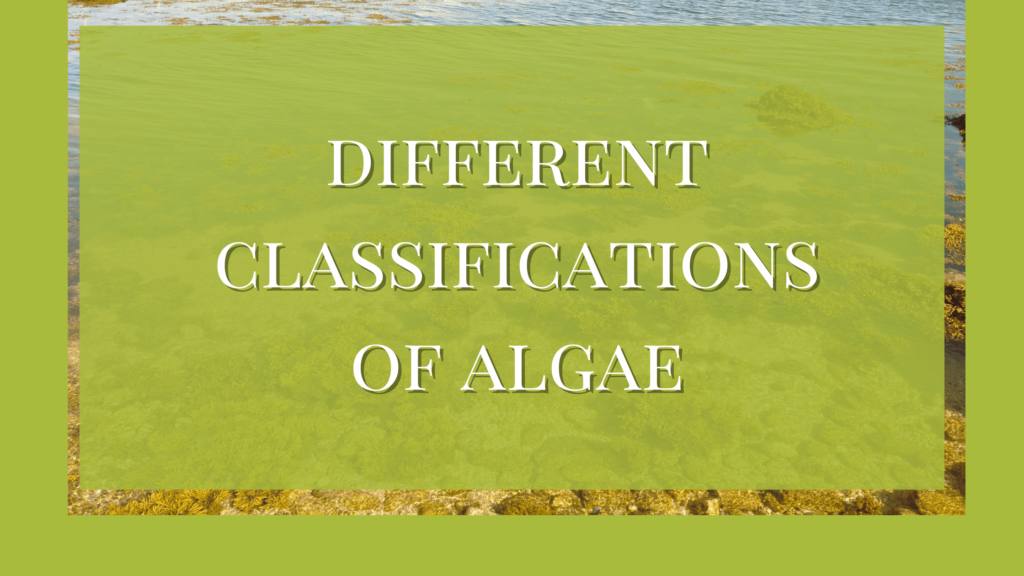Diatoms are a group of microalgae that are highly important in various ecological and environmental contexts. Their unique characteristic is the presence of silica on their cell walls. They are seen in both marine habitats as well as in freshwater ecosystems.
The economic importance of diatoms arises from their unique characteristics and their vital role in ecosystems. Here are some of the key economic importance of diatoms:
Importance of Diatoms as Primary Producers
Diatoms are one of the main contributors of primary production in major aquatic environments. Through photosynthesis, diatoms convert carbon dioxide into organic matter, producing a significant portion of the Earth’s oxygen. They form the base of the food chain, providing energy for a wide range of organisms.
Biodiversity and Food Webs
Diatoms exist in tens of thousands to over 200,000 different species. They serve as a crucial food source for various organisms, such as zooplankton, small fishes, and invertebrates, which, in turn, support higher trophic levels. Thus, diatoms play a vital role in food webs and supporting the overall productivity of ecosystems.
Carbon Cycling and Climate Regulation
Diatoms is crucial for the global carbon cycle. They take up carbon dioxide from the atmosphere, incorporating it into their cells. When diatoms die or are consumed by other organisms transfer their energy to the next trophic level. If they die their organic matter sinks to the ocean or lake floor, forming the “diatomaceous earth” sediments. This process helps regulate atmospheric carbon dioxide levels, reducing climate change by acting as a carbon sink.
Economic Importance of Diatoms as Indicator Species
The presence of diatoms in large quantities can serve as indicators of water quality and environmental conditions. Different diatom species have specific environmental preferences, and their presence or absence can reflect the ecological health and water quality of aquatic systems.
The sediment diatoms could be used as biological indicators. Diatoms can convert carbon dioxide present in the water into oxygen. They become sediments accumulated at the bottom of the water body when they die.
Diatoms are sensitive to the water pH. Different types of diatoms prefer water of different pH. They could be used as an indicator of heavy metals in water. Some diatoms like Stigeoclonium, and Cladophora prefer water having high concentrations of heavy metals. They absorb the metals and their presence in water indicates a high content of these harmful metals.
The presence of a high amount of sediment diatoms could indicate the overall ecological nature of the water ecosystem. Monitoring diatom communities helps assess water pollution, ecological disturbances, and ecosystem health.
Industrial and Economic Importance of Diatoms
The silica cell walls of diatoms, known as frustules, have intricate and diverse patterns. These frustules have been utilized in nanotechnology, optics, cosmetics, filtration, and even as abrasives.
Recently, diatoms have also been found to be an excellent source of bioactive compounds due to their lipid content. It could also be used for generating biofuels. Diatomaceous earth, made of fossilized diatoms, is used in agriculture, water filtration, insulation, and pest control.
Paleoceanography and Climate Reconstructions
The study of diatom fossils provides valuable information about past climate conditions, water chemistry, and ecological changes over geological timescales. Diatom-based paleoceanography helps scientists understand long-term climate variations and environmental responses to natural and human-induced changes.
Conclusion
Diatoms are ecologically significant microorganisms that contribute to primary production, support food webs, regulate carbon cycling, indicate water quality, are useful in different industries, and provide insights into past environmental conditions.
Recognizing and appreciating the economic importance of diatoms is crucial for the conservation and sustainable management of aquatic ecosystems and for understanding Earth’s ecological and climatic processes.




